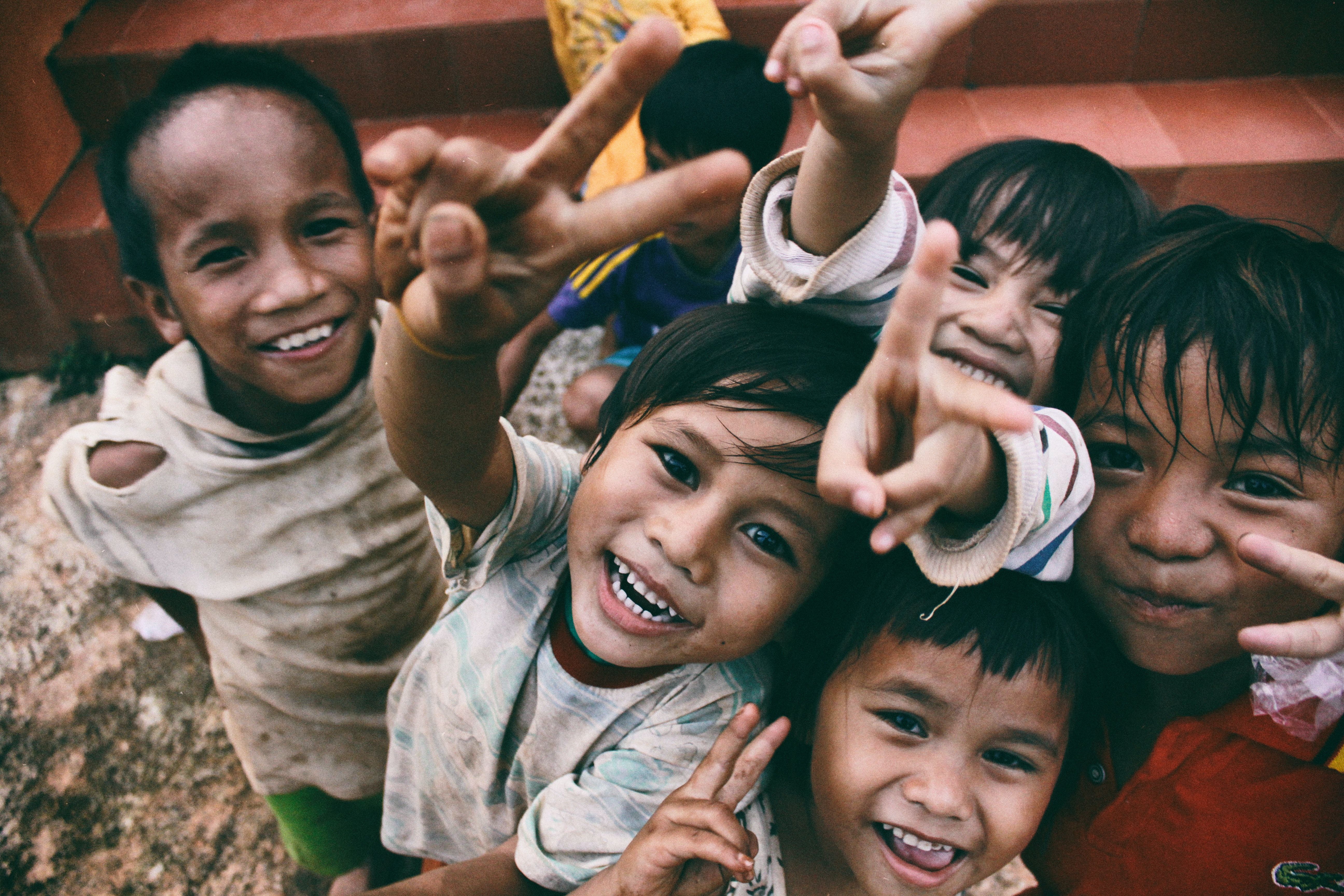WHO and UNICEF: Global Childhood Vaccine Coverage Declined Last Year
A specific immunization marker showed the percentage of children receiving common vaccines fell 5% between 2019 and 2021.

In a time when COVID-19 vaccinations had been front and center, one area that has been fallen behind in the public health space is routine childhood immunizations.
The World Health Organization (WHO) and United Nations Children's Fund (UNICEF) announced this past week that the percentage of children who received three doses of the vaccine against diphtheria, tetanus and pertussis (DTP3)—a marker for immunization coverage within and across countries—fell 5 percentage points between 2019 and 2021 to 81 percent.
As a result, 25 million children missed out on one or more doses of DTP through routine immunization services in 2021 alone, according to WHO and UNICEF. And 18 million of the 25 million children did not receive a single dose of DTP during the year. The majority of whom live in low- and middle-income countries, with India, Nigeria, Indonesia, Ethiopia and the Philippines recording the highest numbers. Among countries1 with the largest relative increases in the number of children who did not receive a single vaccine between 2019 and 2021 are Myanmar and Mozambique.
“This is a red alert for child health. We are witnessing the largest sustained drop in childhood immunization in a generation. Catherine Russell, UNICEF executive director, said. The consequences will be measured in lives.”
United States Vaccination Rates and Challenges
The COVID-19 pandemic and vaccine hesitancy have also been factors for childhood vaccinations falling behind here in the United States.
Last year, The Centers for Disease Control and Prevention (CDC) said orders by providers for childhood vaccines through the Vaccines for Children (VFC) program had decreased by a total of about 11.7 million doses during the COVID-19 pandemic.
“While a pandemic hangover was expected last year as a result of COVID-19 disruptions and lockdowns, what we are seeing now is a continued decline. COVID-19 is not an excuse. We need immunization catch-ups for the missing millions or we will inevitably witness more outbreaks, more sick children and greater pressure on already strained health systems,” Russell stated.
In addition to families missing routine immunizations, there has been an overall trend of vaccine hesitancy. Mostly fueled by internet misinformation, people are made to believe vaccines are dangerous. And this has been compounded by the negative COVID-19 vaccine rhetoric.
Although the pandemic has increased overall vaccine hesitancy, this movement goes back more than 20 years to when there was a belief that childhood vaccines caused autism. These claims have been disputed, but there have been lingering effects that have fueled beliefs that people should not trust these vaccines.
The eradication of traditional 20th century diseases such as smallpox and polio, and more recently the drastic decline of hepatitis B, due to widespread vaccinations, have been one of the greatest medical prophlaxis public health measures in history. In the case of the hepatitis B, that virus has been reduced by 82% and the vaccine has only been introduced 30 years ago back in 1990 as a routine vaccine. According to the CDC, the hepatitis B vaccine is estimated to prevent 38 million deaths over the lifetime of persons born between 2000 and 2030 in 98 low- and middle-income countries.2
References
1. Of countries with at least 10,000 zero-dose children in 2021
2. Global Immunization. CDC. Accessed July 19, 2022. Updated April 1, 2022. https://www.cdc.gov/globalhealth/immunization/diseases/hepatitis-b/data/fast-facts.html
